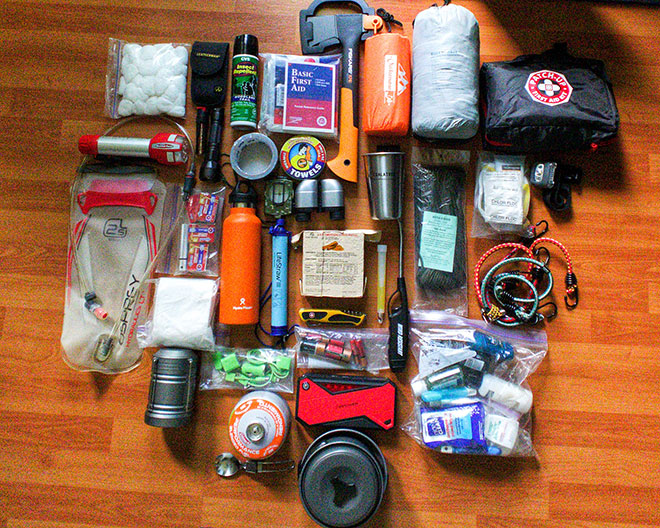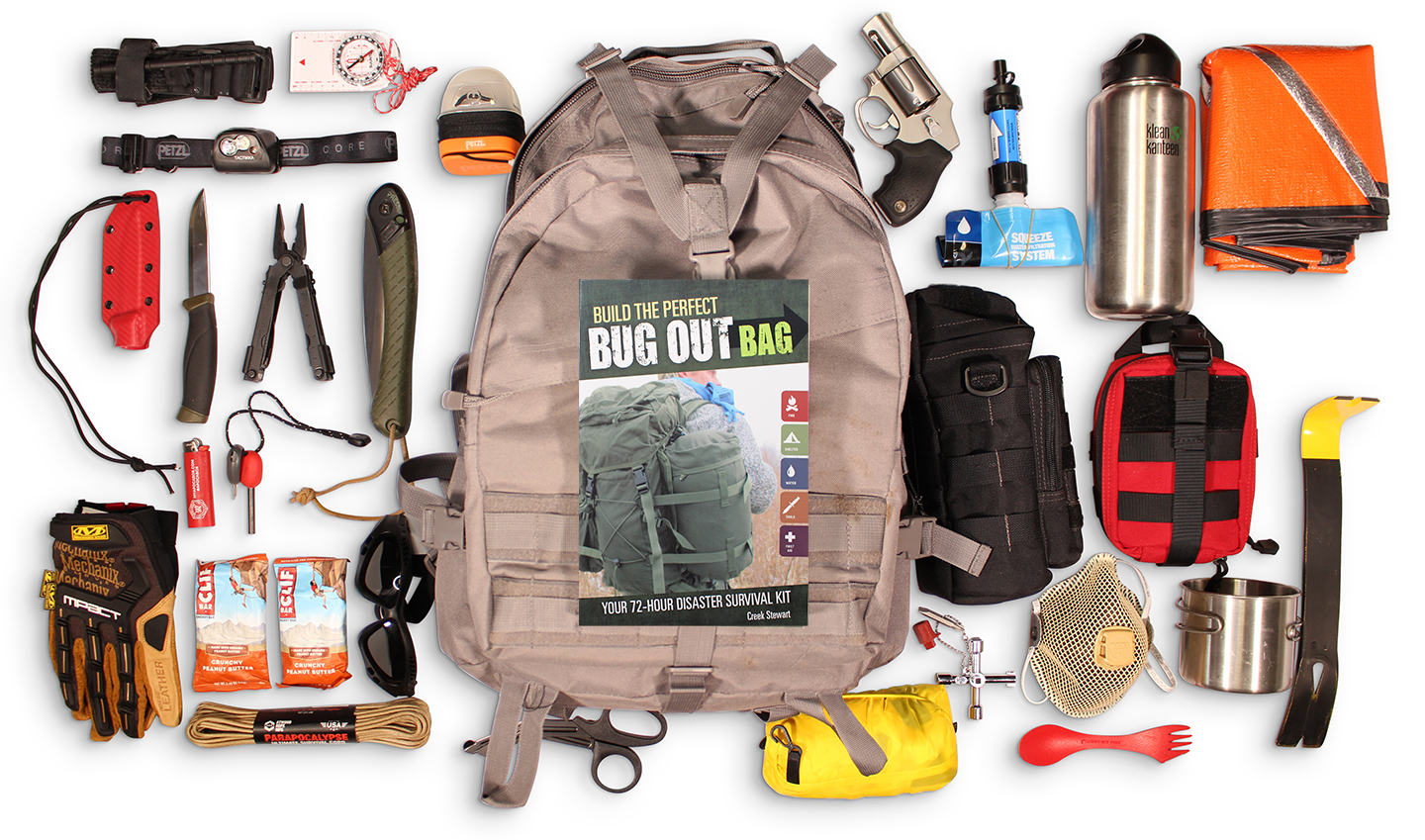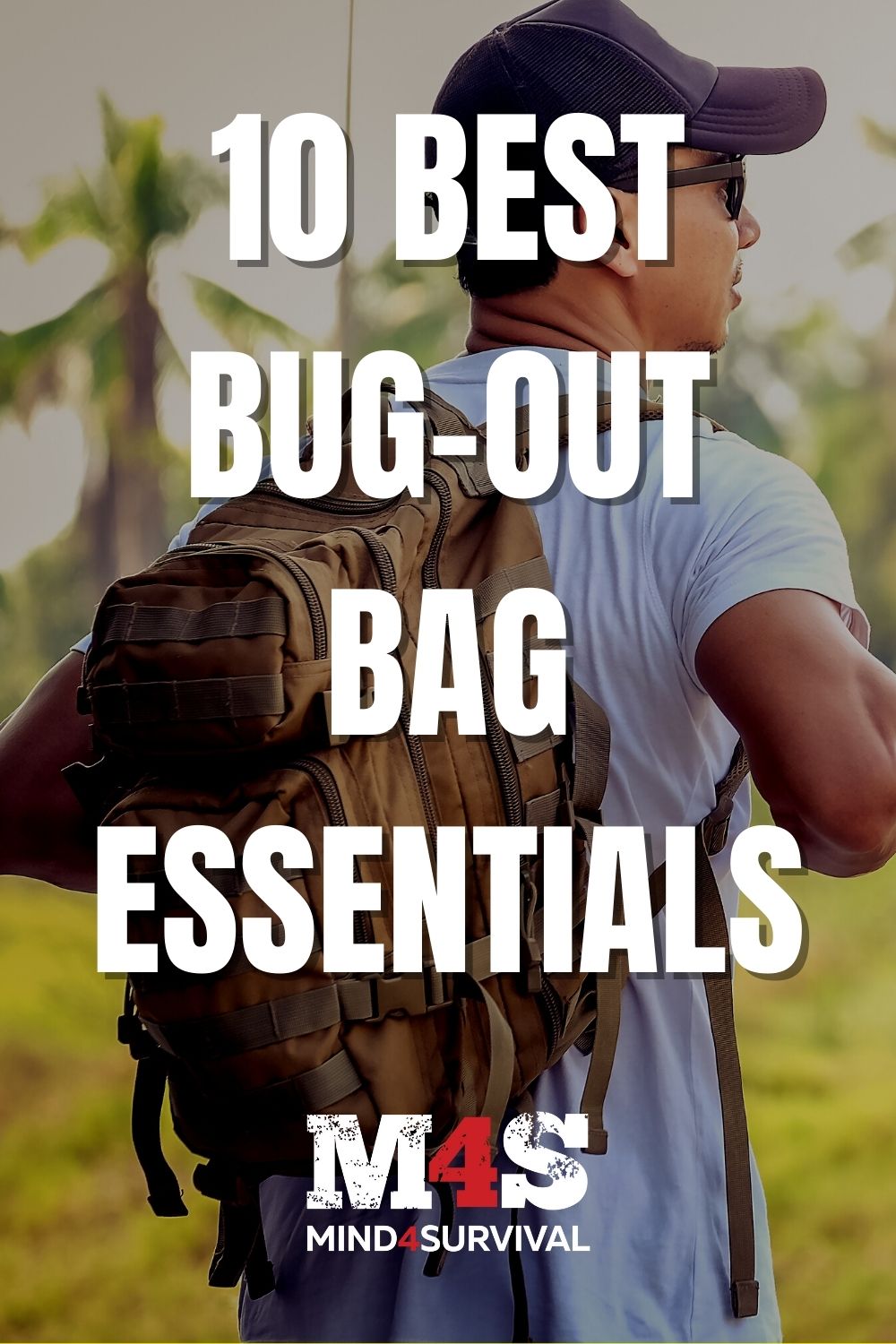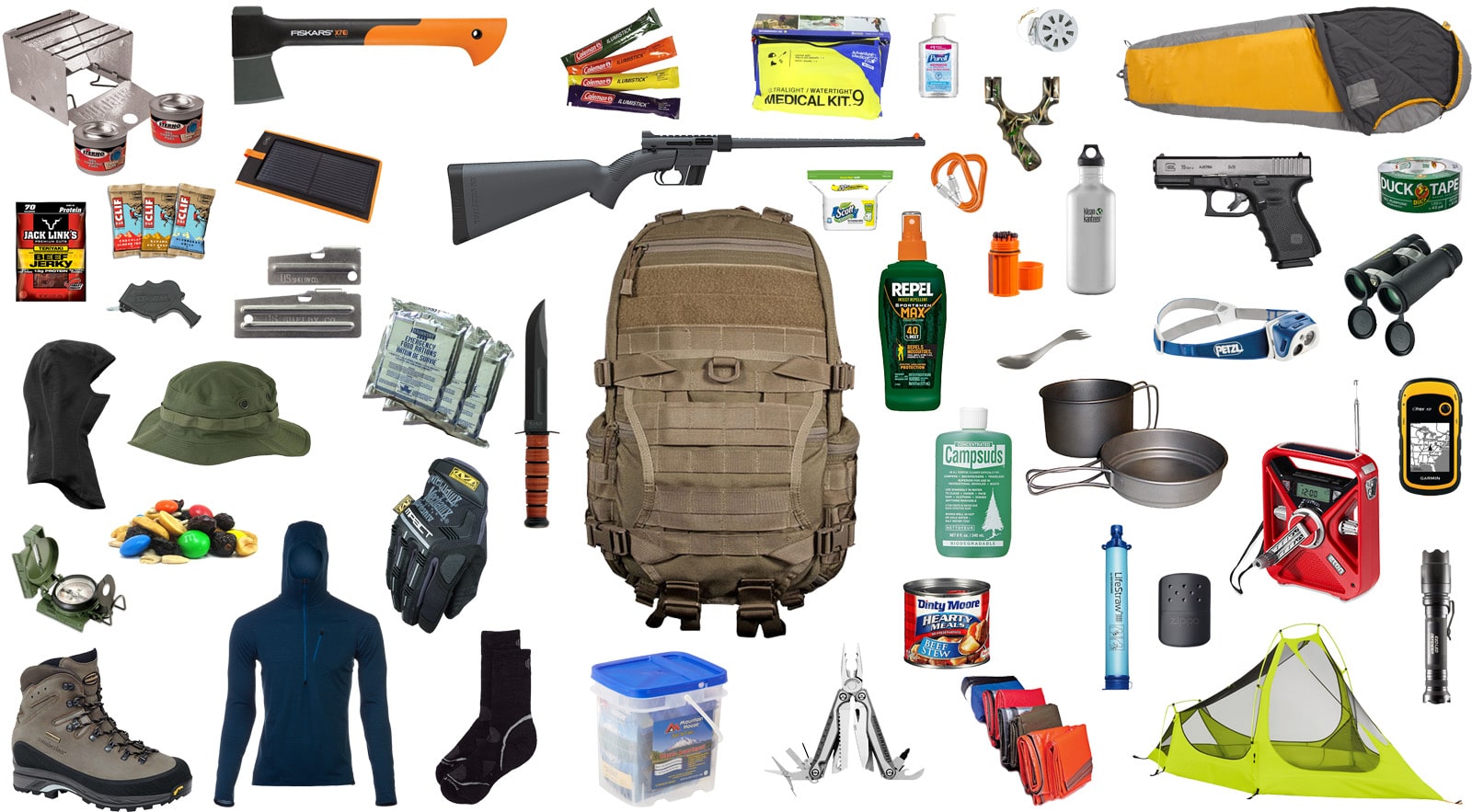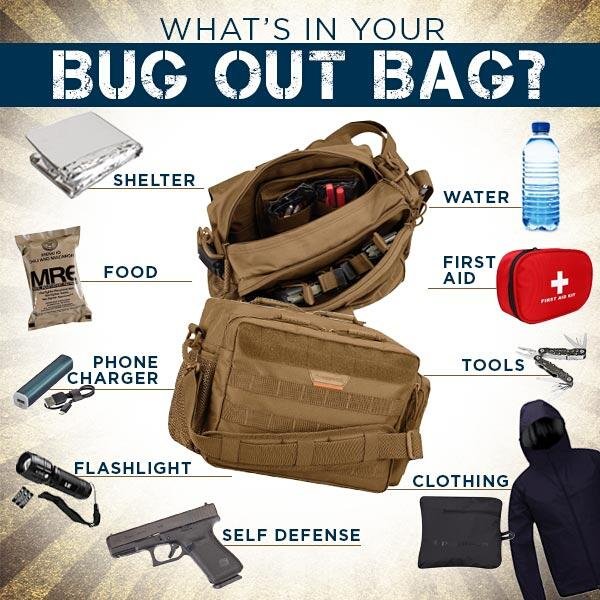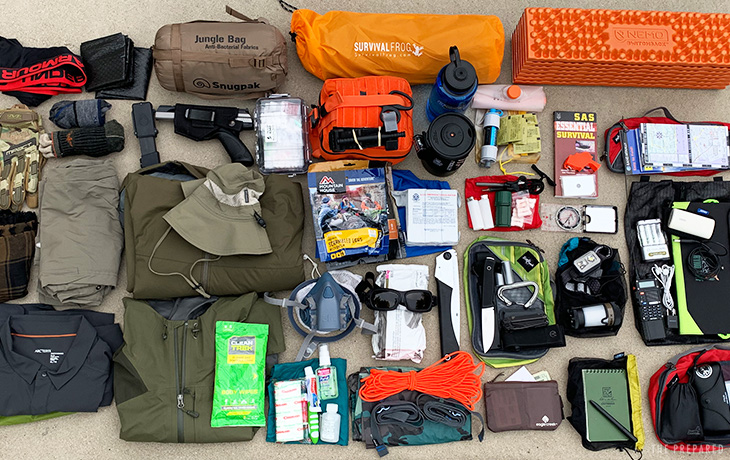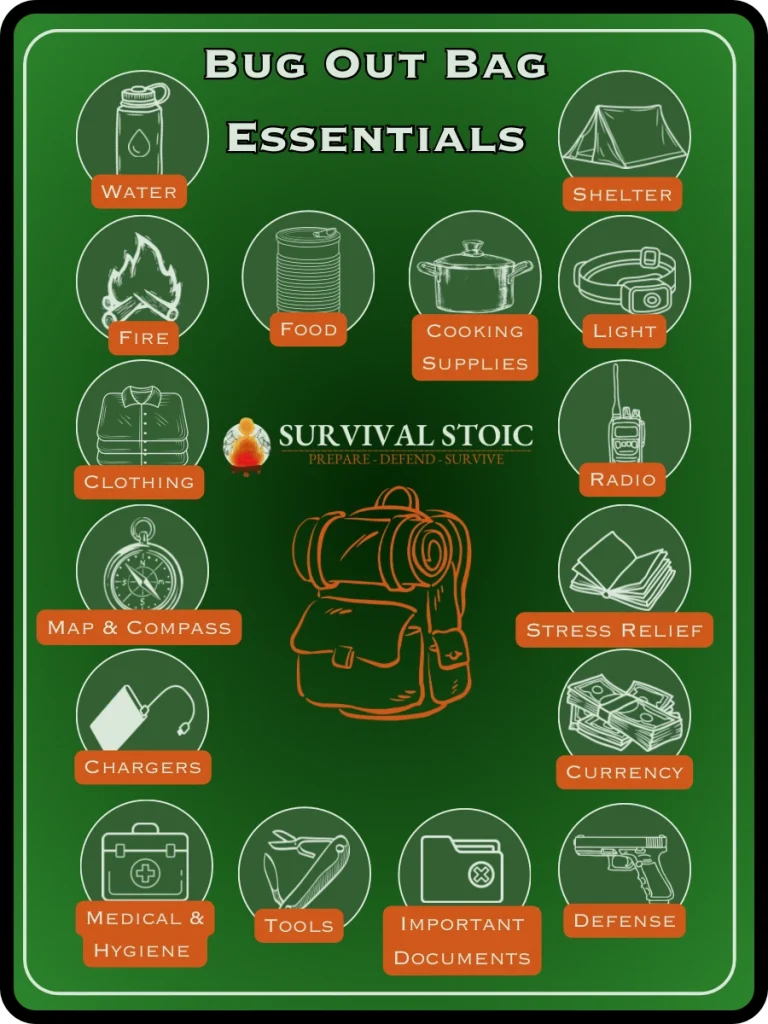What Should Be In My Bug Out Bag
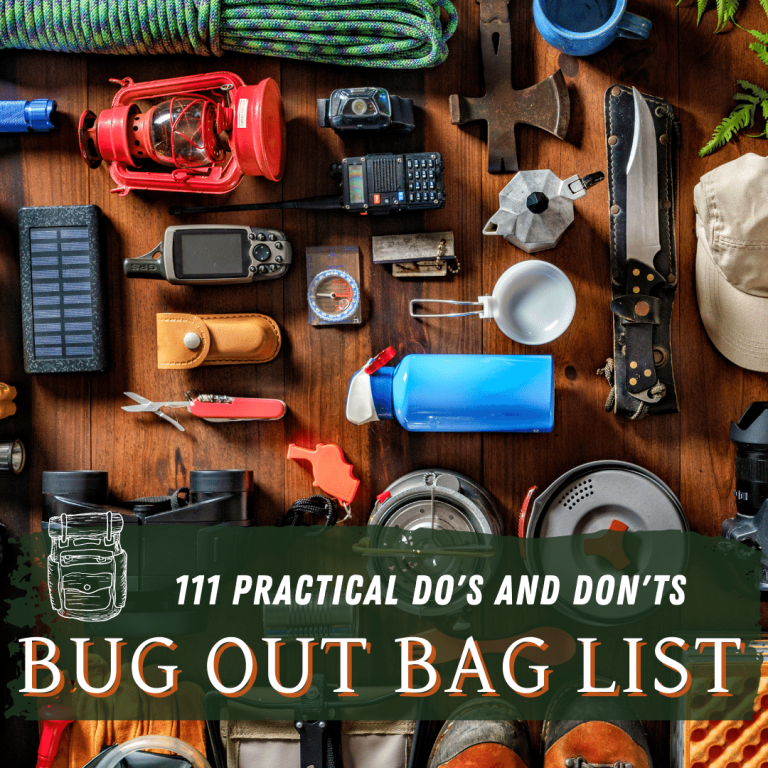
Time is running out. Secure your survival: A bug out bag is no longer optional; it's essential for immediate evacuation.
This isn't about paranoia; it's about preparedness. Disasters strike without warning, and a well-stocked bug out bag can be the difference between surviving and succumbing.
The Foundation: Shelter and Warmth
Shelter is paramount. A lightweight, compact tent or tarp is crucial for protection from the elements.
Consider a bivy sack for extreme portability. Prioritize waterproof and windproof materials to maximize effectiveness.
A sleeping bag rated for the lowest expected temperatures in your region is non-negotiable. Choose synthetic fills for better performance in wet conditions.
Pack emergency blankets or mylar blankets as backups for added warmth. These reflect body heat and are incredibly lightweight.
Essential Tools: Cutting, Fire, and Navigation
A high-quality knife is indispensable. Opt for a full-tang blade for durability and versatility. Consider a multi-tool for added functionality.
Fire starters are vital for warmth, cooking, and signaling. Waterproof matches, a ferro rod, and a lighter are recommended.
Learn to use them before an emergency arises. Practice building a fire in different conditions.
Navigation tools are critical if you need to evacuate on foot. A map and compass are essential, and learn how to use them.
Don't rely solely on electronic devices. Batteries die and GPS signals can be unreliable. A GPS device can be helpful, but it should be a supplement, not a replacement, to traditional navigation tools.
Sustenance: Food and Water
Pack at least a three-day supply of non-perishable food. Energy bars, dried fruits, nuts, and canned goods are good options.
Choose foods that are high in calories and easy to eat on the go. Aim for at least 2000 calories per day.
Water is life. Carry at least three liters of water per person. Consider a water filter or purification tablets.
A metal container for boiling water is also essential. Learn how to find and purify water sources in your area.
First Aid and Hygiene
A comprehensive first-aid kit is non-negotiable. Include bandages, antiseptic wipes, pain relievers, and any personal medications.
Learn basic first-aid skills. Knowing how to treat injuries can save a life.
Maintain hygiene to prevent illness. Pack hand sanitizer, soap, wet wipes, and a toothbrush and toothpaste.
Toilet paper is essential for comfort and hygiene. Include feminine hygiene products if needed.
Communication and Security
A hand-crank or battery-powered radio is crucial for receiving emergency broadcasts. Stay informed about developing situations.
Consider a two-way radio for communication with family or group members. Familiarize yourself with the frequencies used in your area.
Self-defense is a serious consideration. Pepper spray or a personal alarm can deter potential threats.
Know your local laws regarding self-defense. Additional security items are at your discretion.
Essential Documents and Cash
Protect important documents in a waterproof bag. Include copies of identification, insurance cards, and medical records.
Cash is king in a disaster. ATMs may be down, and credit cards may not be accepted. Carry small denominations.
Store a list of important phone numbers in your bag. Include family members, doctors, and emergency contacts.
Additional Considerations
Duct tape has countless uses in a survival situation. It can be used for repairs, first aid, and building shelter.
Paracord is another versatile item. It can be used for everything from building shelter to securing gear.
Headlamps or flashlights are essential for navigating in the dark. Choose LED models for long battery life.
Extra batteries are crucial for powering electronic devices. Store them in a waterproof container.
Personalize your bag to your specific needs and location. This is not a one-size-fits-all solution.
Practice using your bug out bag. Conduct drills to ensure you can evacuate quickly and efficiently.
Ongoing Preparation
Regularly check and update your bug out bag. Replace expired food and medications. Rotate supplies to prevent them from going bad.
Consider taking a wilderness survival course. Learn essential skills such as fire starting, shelter building, and first aid.
Stay informed about potential threats in your area. This will help you prepare for specific scenarios. The U.S. Department of Homeland Security offers resources on disaster preparedness.
Assemble your bug out bag now. Don't wait until it's too late. Your life may depend on it.
